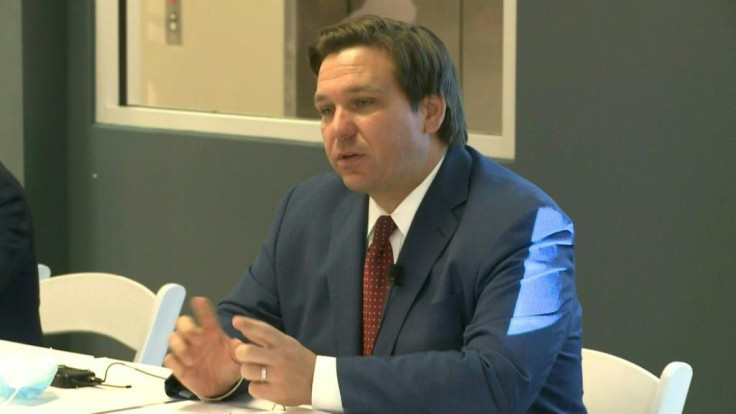US Tops Three Million COVID-19 Cases As Trump Pushes Schools To Reopen

The United States on Wednesday passed another grim coronavirus milestone with three million confirmed cases, as President Donald Trump downplayed the risks posed by the pandemic and aggressively pushed for schools to fully reopen.
The coronavirus is surging in several southern hotspots including Texas, Florida, Louisiana and Arizona, while it has almost entirely receded from its former epicenter in New York and the north-east.
Johns Hopkins University put the total at 3,009,611, in its real-time tally of confirmed COVID-19 cases.
"At this point, we have tested more than 39 million Americans," US Vice President Mike Pence told reporters.
"Among those, more than three million Americans have tested positive and more than 1.3 million Americans have recovered."
But he added there were now early indications the worst-hit zones were reaching a turning point, with the percentage of positive tests starting to flatten and emergency room statistics falling.
In a sign of the White House's shift on the matter, Pence himself came to the briefing wearing a cloth mask, which he had avoided until now.
Face coverings when physical distancing is not possible is now mandatory in 27 of 50 states, the Association of State and Territorial Health Officials told AFP.

The briefing, which was held at the Department of Education headquarters, focused heavily on the need for schools to reopen this fall, a theme pushed by Trump in a morning tweetstorm where he said that several European countries had done so already without facing significant problems.
"Ultimately it's not a matter of if schools should reopen, it's simply a matter of how," said Education Secretary Betsy DeVos. "They must fully open, and they must be fully operational."
"The purpose of CDC's guidance is, remember it's guidance, it's not requirements," added Robert Redfield, director of the Centers for Disease Control and Prevention.
The agency currently has stringent guidelines on conditions schools must meet before allowing students to attend in person, but plans to issue new advice soon.
The American Academy of Pediatrics agrees that the goal of each school district should be having students physically present, emphasizing it is important for the social support and emotional development it provides.

In New York, Mayor Bill de Blasio said most public schools would be ready to partially reopen in September, with the majority of students to spend two or three days a week in classrooms.
The proposal needs to be approved by Governor Andrew Cuomo, who said he would make a decision in early August.
America is by far the hardest-hit country in the world, with more than 130,000 deaths -- even as the fatality rate has fallen from highs seen during the late spring peak.
In April and May, as many as 3,000 people were dying each day, while for the past few days it has been around 600.
Experts see several reasons for this decline.
These include far greater levels of testing picking up more mild cases, a younger population becoming infected, better treatments -- and the lag time between infection and death among the sickest patients.
In terms of treatments, doctors have learned that placing patients with severe breathing problems on their stomachs, known as the "prone" position, can ease the burden on their lungs.
They are also using blood thinners preventively to avoid life-threatening clots in the lungs, brain, and limbs; and using steroids like dexamethasone to reduce an abnormal autoimmune response that ravages the organs.
The anti-viral remdesivir meanwhile has been shown to reduce the duration of hospital stays, but has not so far been proven to have a significant impact on mortality.
The US epidemic has also become far younger, with the median age for new cases in Florida fluctuating in the mid-30s, for example.
In the greater Phoenix area, the major center of the contagion in Arizona, half are under the age of 35.
The US Department of Health has embarked on a surge testing campaign in several sites in the south in order to better track mild or asymptomatic cases.
© Copyright AFP {{Year}}. All rights reserved.




















